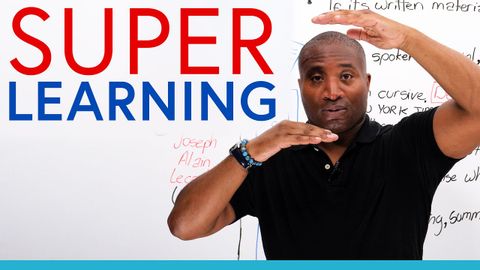スーパーラーニング:学習スタイルを最大限に発展させる (SUPERLEARNING: Develop your learning style to its full potential)
Summer が 2021 年 01 月 14 日 に投稿  この条件に一致する単語はありません
この条件に一致する単語はありませんUS /ˌɑpɚˈtunɪti, -ˈtju-/
・
UK /ˌɒpə'tju:nətɪ/
- n. (c./u.)機会;好機;仕事の機会;ビジネスチャンス
US /məˈtɪriəl/
・
UK /məˈtɪəriəl/
- n. (c./u.)衣料;原材料;原料
- adj.関連な,重要な;世俗的な : 物質的な : 物質でできた
US /ɪmˈpruv/
・
UK /ɪm'pru:v/
US /ˌrɛpɪˈtɪʃən/
・
UK /ˌrepəˈtɪʃn/
- n. (c./u.)繰り返し;繰り返し;反復;反復練習;反復法;リフレイン
エネルギーを使用
すべての単語を解除
発音・解説・フィルター機能を解除

